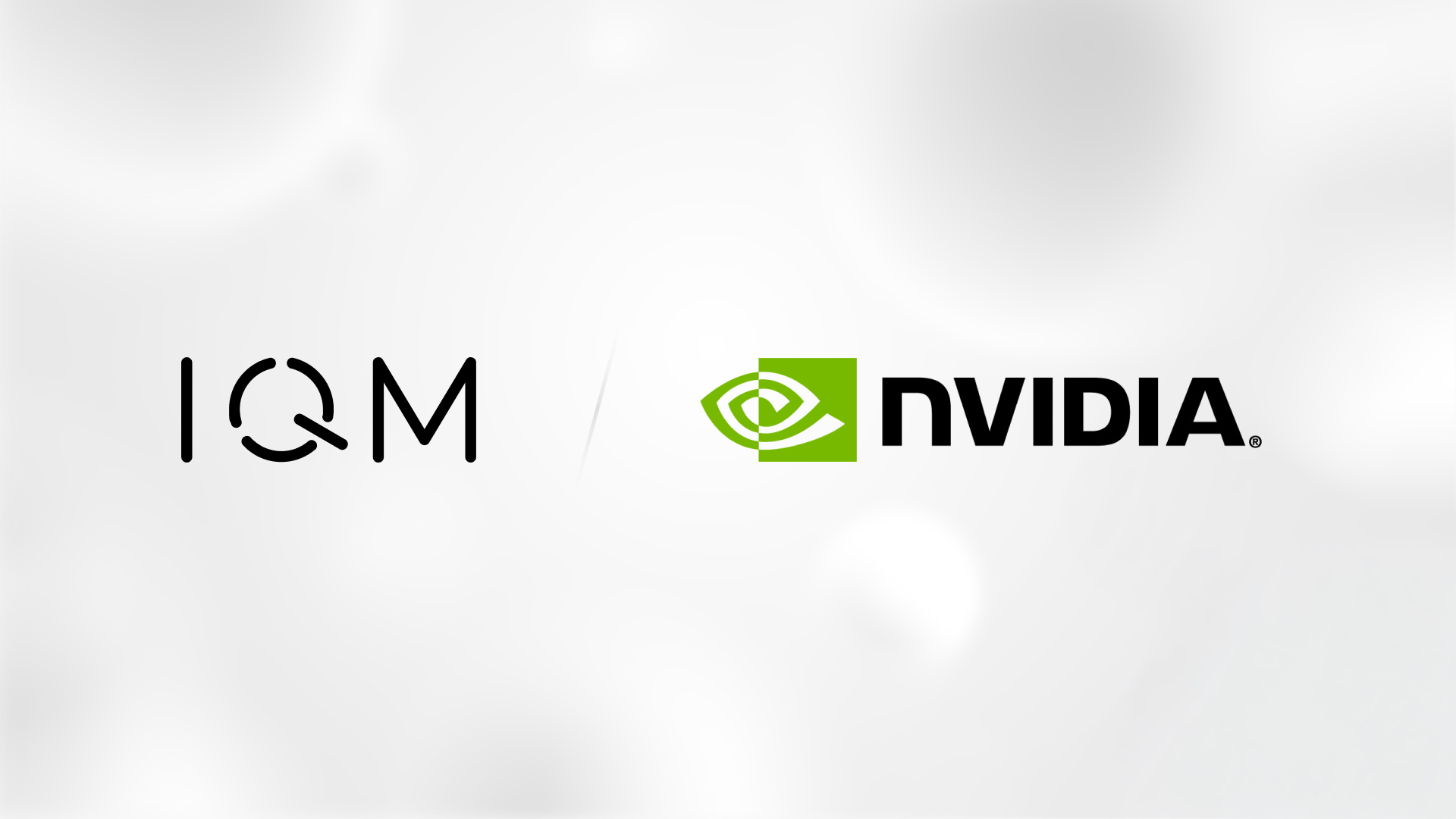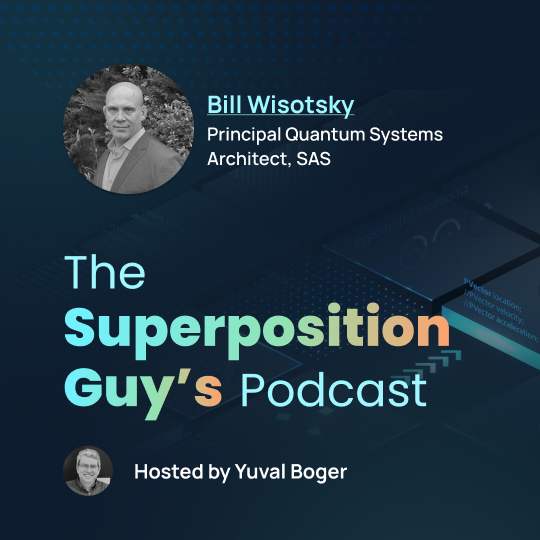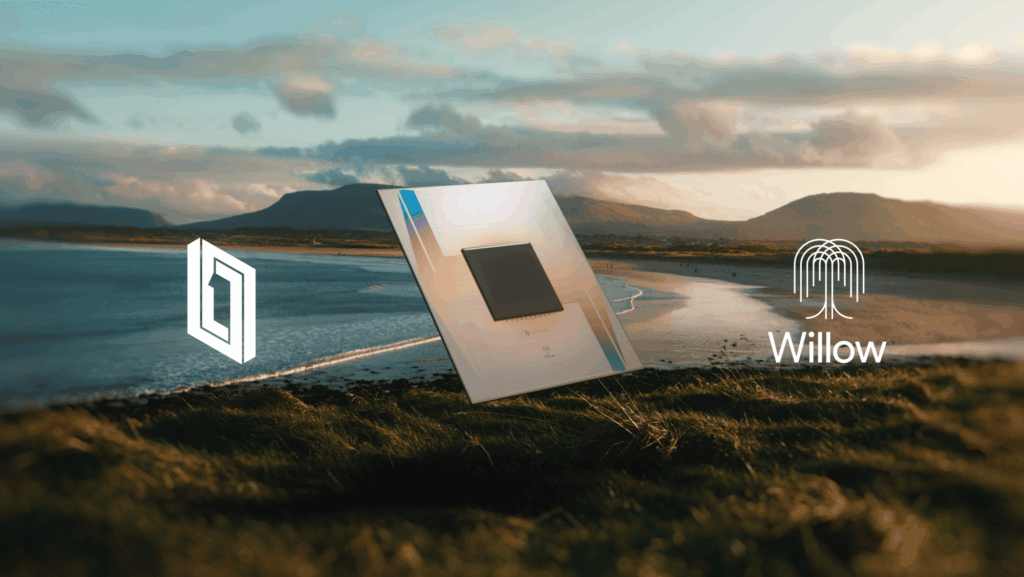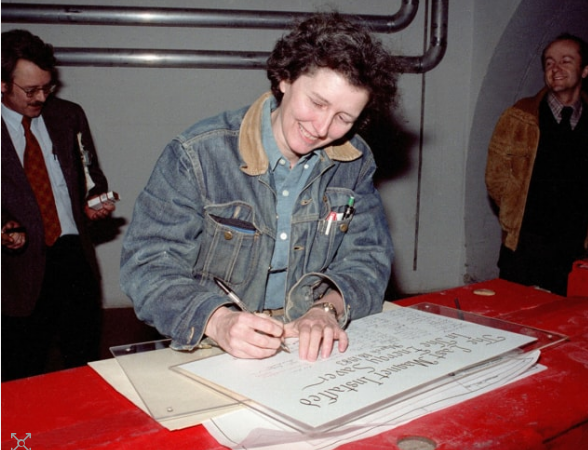Insider Brief
- IQM Quantum Computers will integrate NVIDIA’s NVQLink into its superconducting quantum computers to enhance scalability and support real-time quantum error correction.
- NVQLink, part of NVIDIA’s CUDA-Q platform, connects quantum processors with GPU-accelerated compute to enable hybrid quantum–classical processing and low-latency task orchestration.
- The collaboration among IQM, Zurich Instruments, and NVIDIA combines quantum processor innovation, control systems, and accelerated computing to build a layered architecture for fault-tolerant and utility-scale quantum systems.
PRESS RELEASE — IQM Quantum Computers, a global leader in superconducting quantum computers, today announced it will integrate NVIDIA’s NVQLink into its quantum computers to scale error correction, a key component for realising quantum computing applications.
NVQLink is an open and interoperable platform integrated with NVIDIA CUDA-Q that connects quantum hardware to AI supercomputing. It provides low-latency and high-throughput connectivity between quantum computers and Graphics Processing Unit (GPU)-accelerated compute, enabling the real-time orchestration of computational tasks needed for running useful hybrid quantum-classical applications and quantum error correction.
While today’s quantum computers are reaching sizes that unlock algorithms in simulation, optimization, and machine learning, errors at the level of physical qubits still prevent commercial quantum advantage. IQM’s technology roadmap focuses on quantum error correction, which reduces error rates by encoding logical qubits in clusters of physical qubits. This requires longer runtimes, and more complex compute processes on GPUs. To support this path, IQM has pioneered IQM Constellation, a unique quantum processor architecture for scalable error correction.
The partnership combines IQM’s system integration know-how and advanced processor technology, Zurich Instruments’ control systems, and the NVIDIA accelerated computing platform with scaling compute power across the timescales involved from hundreds of nanoseconds to seconds. As a result, this collaboration establishes a layered compute architecture capable of supporting workloads.

“Integrating NVQLink into our systems is a significant step towards building logical qubits and utility-scale quantum computers,” said Jan Goetz, Co-CEO and Co-founder of IQM Quantum Computers.“ By combining our IQM Constellation with NVIDIA accelerated computing and Zurich Instruments’ control electronics, we can tackle one of the toughest challenges on the road to fault-tolerant quantum computing: real-time decoding and control at scale.”
Beyond error correction, NVQLink also supports hybrid quantum–classical applications by allowing seamless data flow between logical qubits and classical compute resources. This opens up new opportunities for running hybrid algorithms that require real-time feedback from large-scale compute to superconducting quantum computers.
“Quantum is reaching an inflection point, and hybrid systems will be the foundation for solving real-world problems,” said Flavio Heer, CTO at Zurich Instruments. “Collaborating closely with IQM and NVIDIA to showcase seamless end-to-end integration of classical and quantum computing, spanning both hardware and software, represents a significant advancement for hybrid classical-quantum systems, and will enable powerful demonstrations very soon.”
“Building scalable quantum accelerated supercomputing demands tighter integration between quantum processors and classical accelerated computing to tackle challenges like quantum error correction,” said Tim Costa, General Manager for Quantum at NVIDIA. “QPU builders like IQM and quantum system vendors like Zurich Instruments are accelerating breakthroughs in quantum computing by using NVIDIA NVQLink as the open unified interface connecting quantum hardware to accelerated computing platforms.”


















